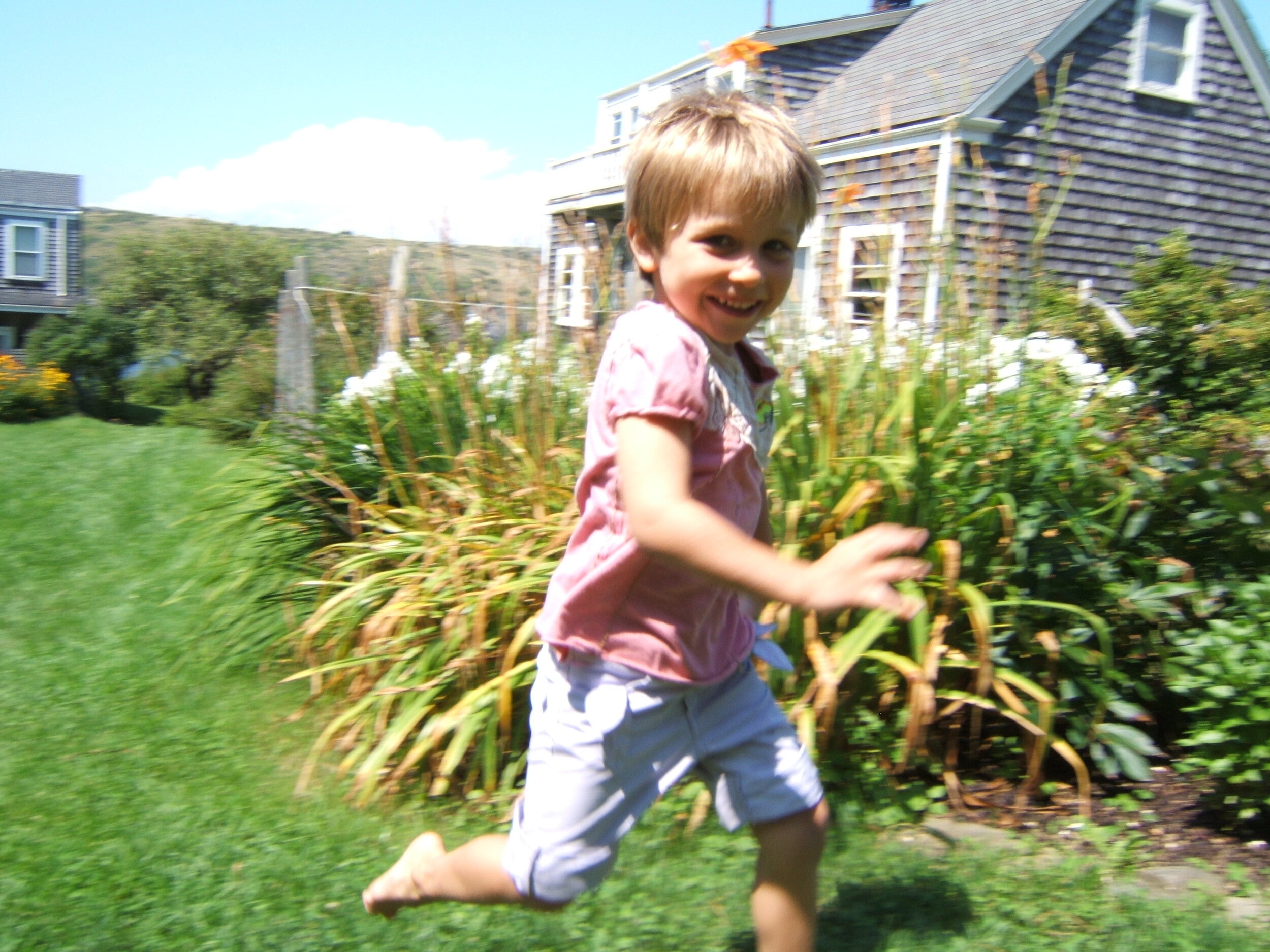Teaching Philosophy
(an evolving model)
When I was a child I wanted to become a ‘dancing clown’. I’m not certain why but I was eager to express myself through movement. My Mother took me to creative dance class. I asked her please, take me to ballet class. I loved the rigor, the quiet powerful shapes, the music and the clarity of what was expected. As a young student I had many experiences with teachers whose ‘old school’ methods involved shaming, ignoring and rejection. I was intrigued when one of my ballet teachers asked us to go home and draw the figures - arabesques and port de bras to feel the lines, to visualize the shapes. I began to question how I was being taught. As my dancing life evolved I grew tired of this didactic approach and sought out teachers who invited questions and discussions of process over product. I found Nancy Topf and the deep investigations of somatic practices. I began to read about dance, about dancers and choreographers and ask myself how did these artists become? My practice as a dance artist transformed through this questioning and this active search for different ways to be taught and to learn. This was my becoming.
After almost twenty years of dancing and performing I wondered, what next? I applied to be a teaching artist. Walking into my first public school I was struck by what that meant. To be in the place where children go everyday to learn and here I am, to teach DANCE! This truly shook me. Dance had come to me as something I was driven to do, that I stubbornly made my way in. But how could that be the case for these students? Teaching dance in this setting required a specific approach, a certain sensibility to the idea that not every child wanted to dance like I did. I knew I did not want to use the methods that I was taught - the ‘watch, be quiet, don’t ask questions, do what I do” way of teaching and learning. On the other hand many of the methods I had come to in my movement research seemed difficult to translate, especially to the age range I teach - early childhood from 4-9 years old.
I was guided in finding my early approach to teaching through training with the Lincoln Center Institute and the Dance Education Lab at the 92nd Street Y. The dance studios I had grown up in did not teach explicitly. They did not announce their objective or check for understanding. If you didn’t understand something, if it was too fast or too complicated, well you were either in the wrong class or you were probably not going to become a dancer. I was taught through imitation, replication and repetition. Dance education requires a more democratic approach with the expectation that all students learn and the methodology be made evident. I taught for many years exploring these models of dance education. But something was missing. I questioned where the practices and principles of somatic practices had gone in my practice as a teacher. Where was Topf Technique/Dynamic Anatomy® and how could I put these two methodologies in conversation?
My project now as a somatic dance educator is to interconnect the two models - the ‘artistic literacy’ model I learned from DEL, and the ‘personal literacy’ model I learned from Topf Technique/Dynmaic Anatomy® to develop an evolving hybrid model for dance and movement education. This hybrid aims for accountability to each child to access learning through dance as an embodied, educative process.
